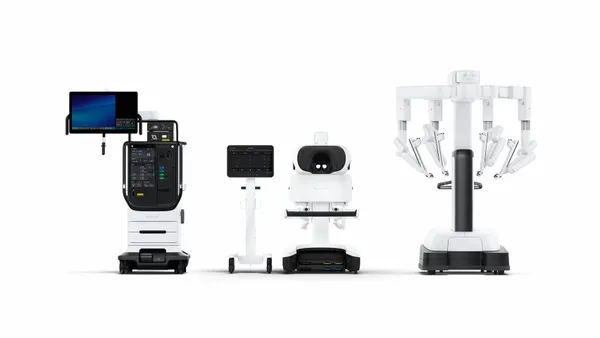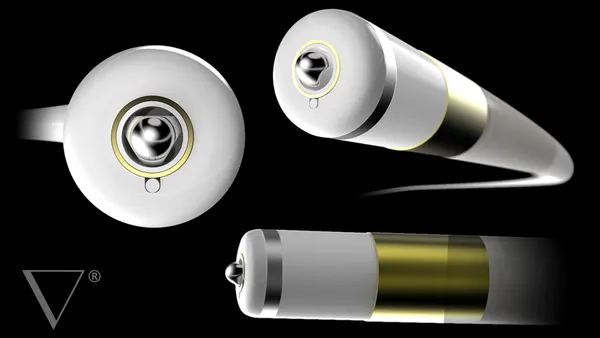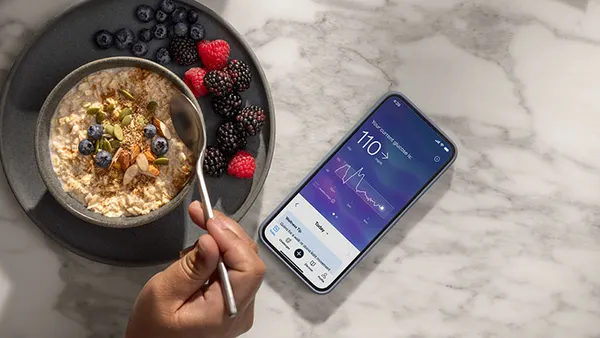Dive Brief:
- FDA on Friday announced approval of an implantable device that electrically stimulates the baroreceptors of the carotid artery to reduce heart failure symptoms in advanced heart failure patients.
- CVRx's Barostim Neo device is intended for use in patients who have not been helped by medical therapy or who are not candidates for cardiac resynchronization therapy or other heart failure devices, FDA said.
- The approval was based on data from the company's BeAT-HF study comparing the device plus medical therapy to medical therapy only. The study showed patients who received the implant saw improvements in exercise capacity and quality of life measures.
Dive Insight:
Neuromodulation is most commonly indicated for relief of chronic pain, but various forms of nerve stimulation are also used to treat Parkinson's disease, epilepsy, psychiatric disorders and other conditions. CVRx, a privately held company based in Minneapolis, said its device is the first technology approved in the United States to use the nervous system to target cardiovascular disease. The device already has received the CE mark for heart failure and hypertension indications.
Previous efforts to develop neuromodulation treatments for heart failure were unsuccessful in establishing effectiveness in clinical trials. The Defeat-HF study, which used a Medtronic neurostimulator to test the feasibility of spinal cord neuromodulation, did not show a benefit in heart failure. Another trial, Inovate-HF, found vagus nerve stimulation did not reduce rates of death or heart failure events.
In the Beat-HF study, 125 of 408 patients received the CVRx Barostim Neo system, in addition to medical therapy. Patients who got the implant improved in six-minute walking tests and on quality of life measures such as ability to perform daily tasks. A subset of patients with less severe chronic heart failure also benefited from lower levels of a biomarker for the condition.
The system includes a pulse generator that is implanted under the collar bone and connected to a lead that attaches to the carotid artery in the neck. The device delivers electrical impulses to cells called baroreceptors that sense blood flow through the carotid arteries. The brain then sends signals to the heart and blood vessels to inhibit the production of stress-related hormones to reduce heart failure symptoms, according to FDA.
The Barostim is indicated for patients who have a regular heart rhythm, are not candidates for cardiac resynchronization therapy, and have a left ventricular ejection fraction of less than or equal to 35%, which is below the normal ejection fraction of 55 to 75%.
FDA approved the Barostim system through the premarket approval pathway, after granting a breakthrough designation for the device. The Barostim was one of the first devices to receive FDA's breakthrough status, which helped accelerate the development and approval process, according to CVRx.
In the four years since it began the breakthrough program, FDA has granted the status to around 190 devices. As of July 1, 11 breakthrough devices had received marketing approval, primarily through the PMA process.
Companies that succeed in getting breakthrough devices to market may also benefit from an alternative reimbursement system for FDA-authorized devices with breakthrough status after CMS finalized the system for devices used in inpatient settings. CMS is also working on a new reimbursement system for breakthrough outpatient devices.
Correction: A previous version of this story incorrectly stated the therapeutic impact of the device and misstated the name of the clinical trial.












